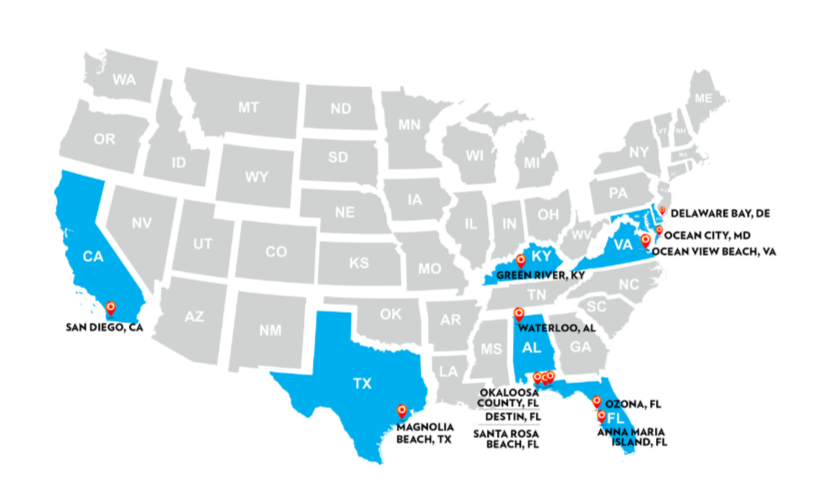This summer the number of cases of people who are made ill by a flesh-eating bacteria called vibrio vulnificus that stops blood circulation, causing muscle tissue to die and skin to decay is increasing around the country — and the cause is believed to be climate change. People Magazine reports that the bacteria is found in warm ocean and brackish water typically in the South Atlantic and the Gulf of Mexico where the water stays warmer than 55 degrees year round, but it is spreading to other regions and is persisting longer in other areas where waters stay warm for a longer time, according to a study by New Jersey researchers published in June in the Annals of Internal Medicine.
Why This Matters: Though it is rare, this bacterial infection can be prevented — people with compromised immune systems who also have cuts or scrapes or other types of open wounds should avoid warm saltwater or brackish water, hot tubs and swimming pools and should not eat uncooked shellfish because they could be exposed to the bacteria and have difficulty fighting the infection off. This is another type of climate change danger that we will need to educate the public about and be prepared to treat more often and in more places (see map below). “It is important for physicians — who may have never seen this infection before in their medical practice — to have some awareness,” a co-author of the study said.
Symptoms of the Bacterial Infection
Catching the infection early is the key to successful treatment. According to the Tamba Bay Times
- “Usually, swelling occurs right away and blisters can form over the wound site. Those blisters will turn black and blue over time as tissue and skin begins to die.”
- “Those who have the infection will feel flu-like symptoms of fever, dizziness and cold sweats right away. Severe complications are common, like sepsis, shock and organ failure.”
- “Multiple surgeries are fairly common to remove infected tissue, as are long courses of potent antibiotics.’
It Can Be Deadly
The Centers for Disease Control (CDC) warn that even if they are treated, one in three patients die from the bacterial infection. Since 2010, the CDC believes that between 700 and 1,200 people a year have contracted the infection in the United States. But the number of cases has increased in Florida this year, and it has spread up the Eastern seaboard into the Chesapeake Bay and now the Delaware Bay. The infection begins to spread within 12 to 24 hours and can be quite painful — the bacteria release toxins into the tissue over time, causing it to die and decay, so it is necessary to seek treatment quickly because if it infects organs it will cause them to shut down.

Graphic: Martin Schwartz, People
July 29, 2019 » bacteria, brackish, disease, infection, ocean, warming


